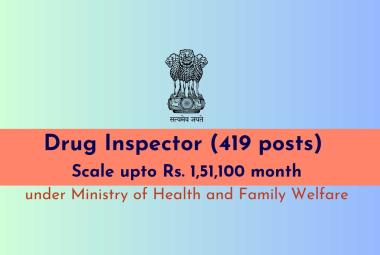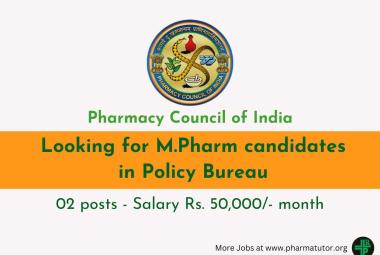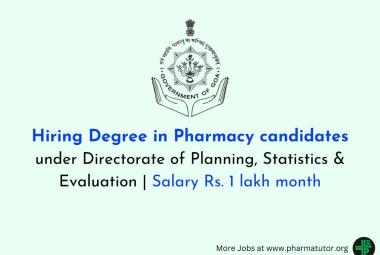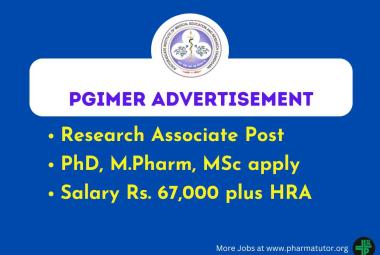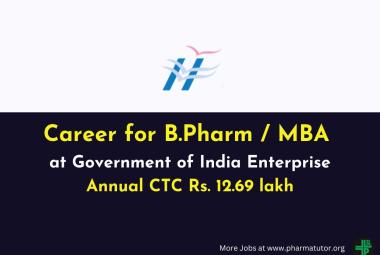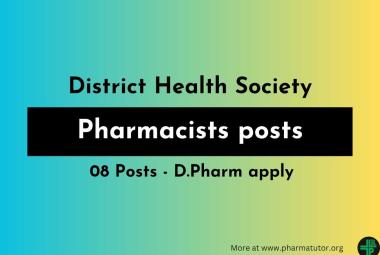REGISTRATION DOSSIER OF PHARMACEUTICALS
 About Authors:
About Authors:
Apeksha Gupta
Maharshi Dayanand University,
Rohtak, India.
apekshagupta87@gmail.com
ABSTRACT
The word “Dossier” has its English meaning as - a collection or file of documents on the same subject, especially a file containing detailed information about a person or a topic. Any preparation for human use that is intended to modify or explore physiological systems or pathological states for the benefit of the recipient is called as “pharmaceutical product for human use”. Process of reviewing and assessing the dossier of a pharmaceutical product containing its detailed data (administrative, chemistry, pre-clinical and clinical) and the permission granted by the Regulatory Agencies of a country with a view to support its marketing / approval in a country is called as the “Marketing Approval or the “Registration” “Marketing Authorization” or the “Product Licensing”.
“Registration Dossier” of the pharmaceutical product is a document that contains all the technical data (administrative, quality, nonclinical and clinical) of a pharmaceutical product to be approved / registered / marketed in a country. It is more commonly called as the New Drug Application (NDA) in the USA or Marketing Authorization Application (MAA) in the European Union (EU) and other countries, or simply Registration Dossier. Basically, this consists of data proving that the drug has quality, efficacy and safety properties suitable for the intended use, additional administrative documents, samples of finished product or related substances and reagents necessary to perform analyzes of finished product. Therefore, they are the vehicle in a country through which drug sponsors formally propose that the Regulatory Agencies approve a new pharmaceutical for sale and marketing.
[adsense:336x280:8701650588]



 ABOUT AUTHORS:
ABOUT AUTHORS: